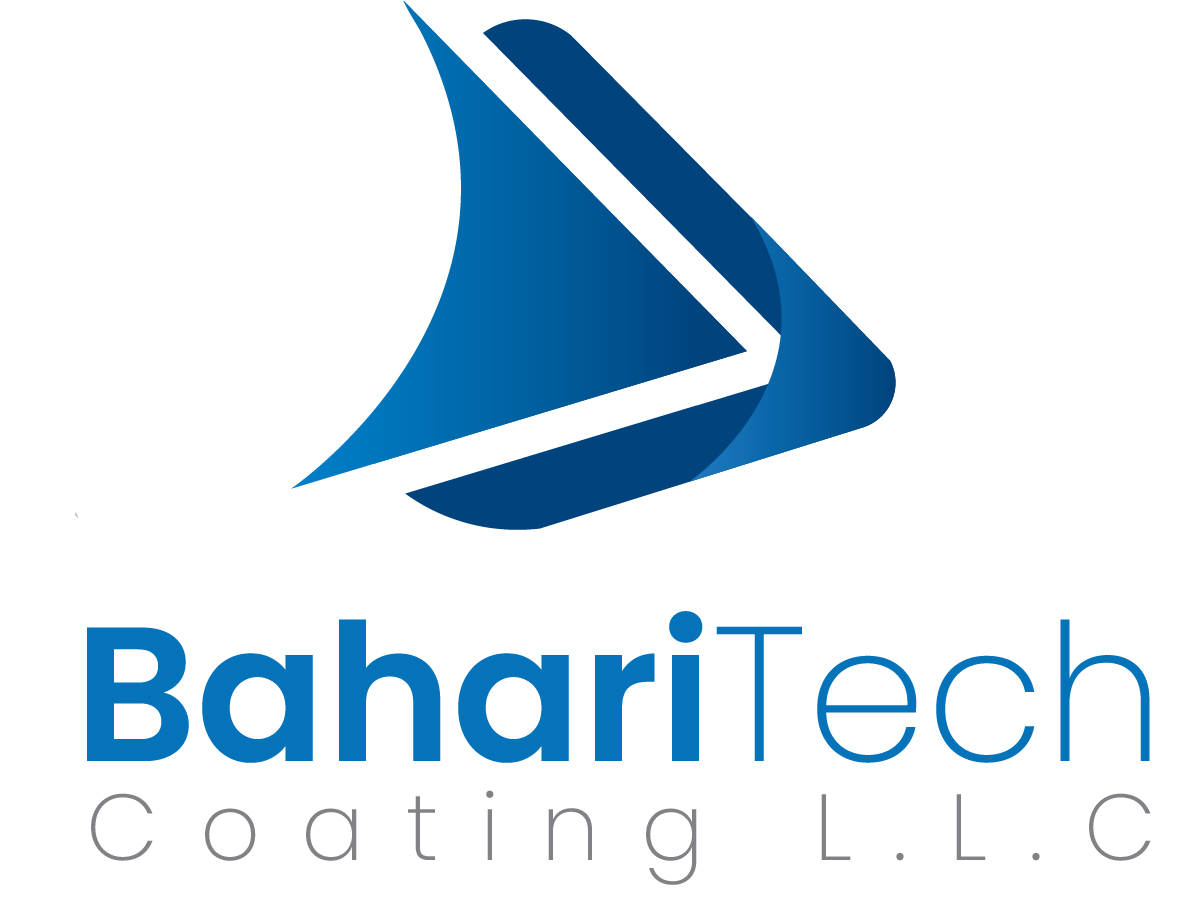What is rusting? Factors and ways to prevent rusting

Table of Contents
What is rusting? Factors and ways to prevent rusting
Rust is a common problem in metals, especially iron and steel, which can severely reduce the lifespan of structures and equipment. This phenomenon not only creates aesthetic problems, but also causes structural weakness and reduced safety in industrial and domestic structures. Understanding the causes of rust and methods of prevention is of great importance for engineers, craftsmen and even home users.
What is rust?
Rust is a chemical process in which iron or its alloys react with oxygen and moisture to form a compound called iron oxide (Fe₂O₃·xH₂O). This substance appears red or brown and corrodes and weakens the surface of the metal.
Rust is usually accompanied by the following symptoms:
Change in the color of the metal surface to red or brown
Scaling and small cracks on the surface
Reduction in the strength and brittleness of the metal
Factors that cause rust
Several factors can accelerate the rusting process:
1. Humidity and water
The presence of water, even in the form of steam or dew, is the most important factor in rusting. Water facilitates the chemical reaction between iron and oxygen, speeding up the corrosion process.
2. Oxygen
Oxygen in the air is the main factor in the oxidation of metal. The more contact the metal has with air, the more likely it is to rust.
3. Ions dissolved in water
Ions such as chlorine (salt) or sulfate found in salty or polluted water greatly increase the rate of rusting. For this reason, metals rust faster in coastal areas.
4. Air pollution
Industrial gases such as sulfur dioxide and nitrogen dioxide can combine with humidity in the air to produce acids that accelerate the corrosion process of metals.
5. Ambient Temperature
Increasing temperature can increase the rate of chemical reactions and accelerate the rusting process, although humidity remains the main factor.

What is rusting? Factors and ways to prevent rusting
Ways to Prevent Rust
Preventing rust is very important because repairing or replacing damaged metal is expensive and time-consuming. Some effective methods include:
1. Use of protective coatings
Painting: Coating the metal surface with paint prevents direct contact with water and oxygen.
Oil and grease: Creating a greasy layer on the metal surface prevents oxidation.
Epoxy and polyurethane coatings: have high resistance to moisture and corrosion.
2. Galvanizing
The metal is covered with a layer of zinc that prevents oxygen and water from reaching the iron surface. This method is very common in heavy industry and construction.
3. Corrosion-resistant alloys
Using stainless steel or other resistant alloys significantly reduces the rusting process.
4. Environmental control
Reducing humidity and protecting metals from contact with salt and pollutants can slow down the rate of rusting. For example, storing metals in dry environments or using moisture-proof coatings in coastal areas is effective.
5. Cathodic Protection
In this method, a more active metal such as zinc or magnesium is used as a sacrificial anode, which reacts with the environment before the iron, preventing rust. This method is commonly used in ships, tanks, and underground pipes.
6. Rapid Damage Repair
Any scratches or cracks in the metal coating should be repaired promptly, as these areas are the starting points for rust.
The Importance of Rust Prevention in Industries
Rust can cause serious problems in various industries:
Marine Industries: Ship hulls, docks, and marine equipment are subject to severe corrosion.
Oil and Gas Industries: Equipment and pipes must be specially protected to prevent leaks and accidents.
Construction: Bridges, buildings, and metal structures that are rusted become dangerous and require frequent repairs.
Using preventive methods such as specialized painting, protective coatings, and corrosion-resistant metals not only increases safety but also reduces maintenance and repair costs.
Conclusion
Rust is a natural and common process in metals that can be dangerous and costly. Understanding the factors that cause rust, such as moisture, oxygen, dissolved ions, and air pollution, helps us to extend the life of metals by using appropriate preventive methods such as protective coatings, galvanizing, the use of resistant alloys, and cathodic protection.
Attention to metal surface preparation, selection of the appropriate coating, and environmental care are the keys to success in preventing rust. By following these tips, you can avoid additional costs for equipment repair and replacement and ensure the safety and durability of structures.
Latest articles
Latest products






